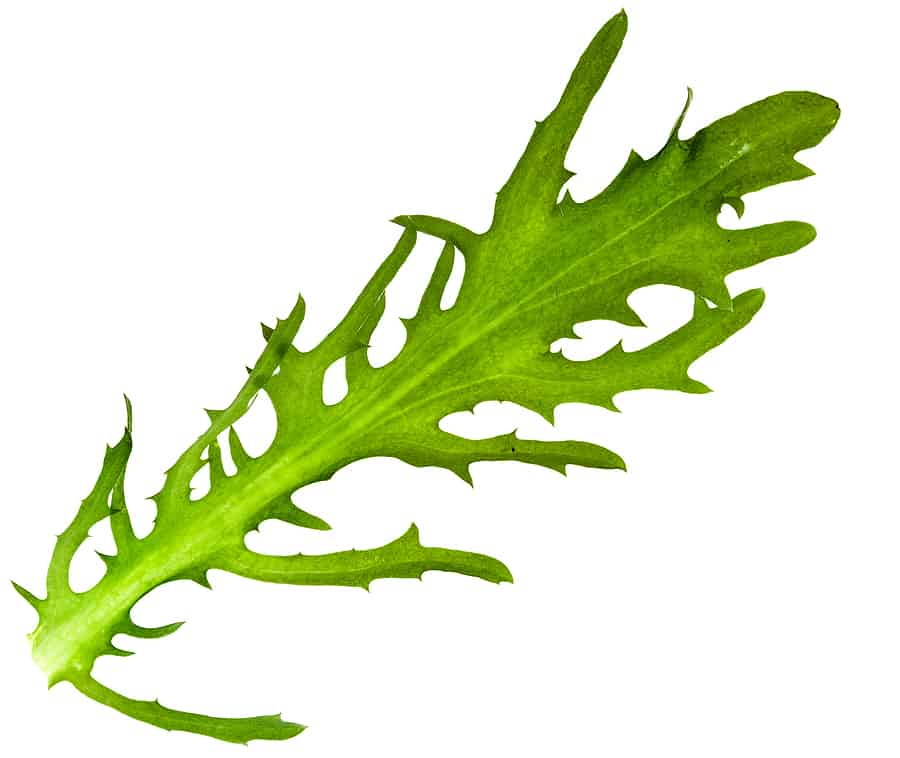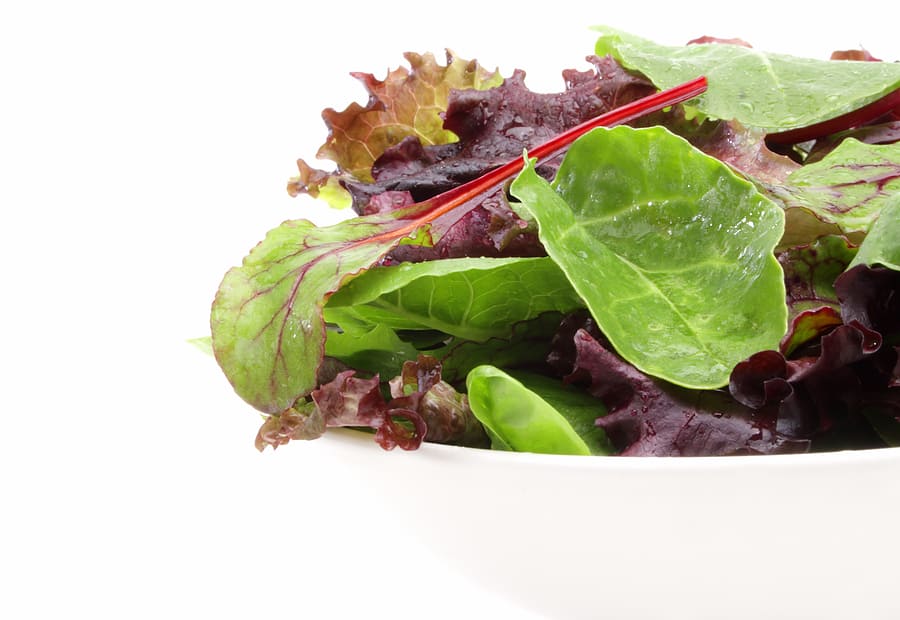Frisée
There is curly endive and then there is frisée. They are the same, but they are not. The difference? Frisée—pronounced free-ZAY—is a petite, pale curly endive produced by blanching. It has an opened, flattened shape. Its leaves are frizzy and finely cut, yellow-white to yellow-apple green in color. Frisée has a bittersweet taste and it’s […] More


